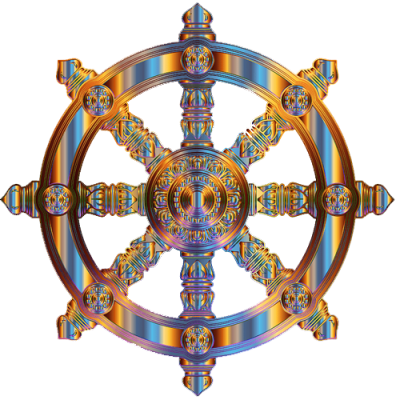
What is Dharma Shastra?
Our festivals are celebrated by Tithi, not by date. Dussehra, Diwali, Ganpati etc..
What exactly to do on this festive day? What to donate? What kind of worship should be done? What is its spiritual value etc. is given in Dharmashastra.
For example, many people fast on Sankashti Chaturthi. But that is not enough. We should chant various mantras to Ganpati and Chandra and give them ‘Arghya’.


The scriptures guide us in various ways to attain virtue and atone for sins in our lives. All the details of this are given in Dharmashastra. According to nature and season, it is said to offer leaves, flowers and fruits to God on various festivals.
In the same way, after the birth and death of a person, there is a practice of observing ‘soyar’ and ‘sutak’ respectively. What to do and what not to do during this period is described in detail in Manusmriti, Parashar Smriti, Deval Smriti, Dharmasindhu etc.
A detailed list of instructions for ‘soyar’ is given in Dharma Prakash. According to our Dharma Shastra Expert in Pune, first, the people who have observed ‘shradh’ 8 days before are considered pure and eligible to serve the soyar rites. Secondly, even those who were unwell during this period or unable to practice shradh because of lack of money are also eligible, provided they did not commit any grave sin. However, if a pregnant woman hears about someone dying, she should finish her daily chores quickly and observe her so-tar within 8 days after giving birth; otherwise, she has to observe another ‘mahayajna’ (great ritual) after her delivery. Thirdly, women who had completed their period of menstruation are also eligible for the ‘soyar’.
However, a woman who has not completed her menstruation cycle before the death of someone is required to observe ‘soyar’ on each day during menstruation until delivery does not take place. Fourthly, if a woman or her husband has recently traveled outside then they are also eligible for ‘soyar’ rites. Fifthly, whether or not the dead person had any Dharma remains (ashes) and therefore the relatives must offer this Dharma soya – Dharma porahara. During Dharma Soya, cooked rice mixed with black sesame seeds should be donated to Brahmins.
Sixthly, let us see what instructions are given for observing ‘sutak’. Sutak means the expiration of 36 days from the day of death.
According to Dharma Shastra Expert in Pune, when someone dies in old age it is known as ‘viraj jat’. On such an occasion, relatives are required to perform Maun (silence) every Monday for 36 days; while doing this they should not talk with anyone or have food outside. A person who has died in youth (youth= up to the age of 25 years) is known as ‘shukrav jat’. Such a dead body should be cremated with only one attendant and relatives should observe silence every Thursday for 36 days; likewise, they must not eat anything outside.
When someone dies in middle-age (middle-aged = from 26 years to 50 years), it is known as ‘madhyam jat’. On such an occasion, relatives are required to perform Maun every Wednesday during the Sutak period; at night they must sleep during this time either alone or with just one other person.